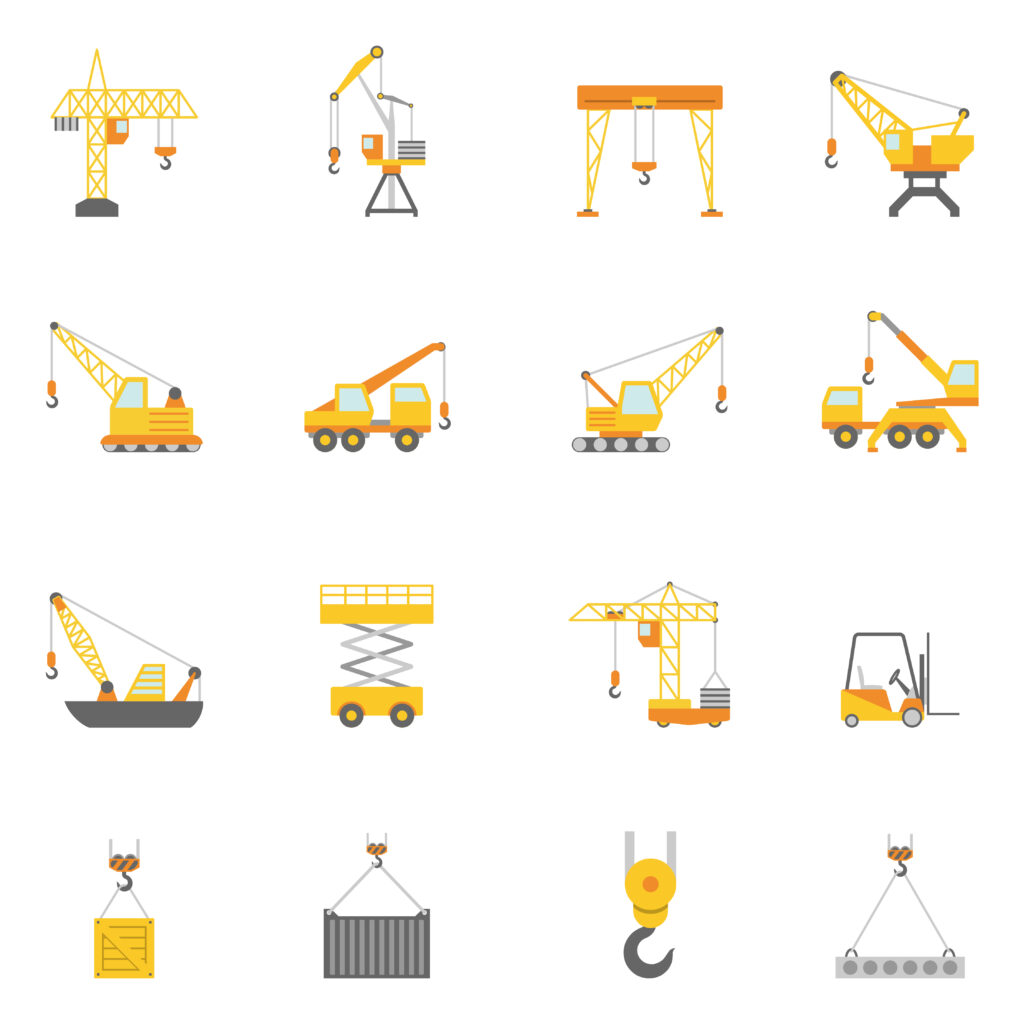Operators of overhead cranes need to receive the proper training to operate these types of equipment. There are many training programs and agencies that offer accredited certification tests. These certifications prove that an operator has the qualifications to perform the hoist safely and adequately. OSHA regulations also require operators to be certified to operate a crane.

ASME guidelines
There are specific guidelines for training workers to operate overhead cranes, which employers must follow. These guidelines, known as ASME B30.2 guidelines, define what operators should learn during training. Training must include safety training, knowledge of hand signals and responsibilities, and electrical systems and controls. It should also include an examination for practical operation. The company’s management team must provide the training, including courses, seminars, and government-issued training materials.
Training programs must comply with OSHA and ASME guidelines so that trainees are prepared to take the certification exam. Additionally, trainees should possess strong manual dexterity, a strong hand-eye coordination, and a high degree of attention to detail. These skills will help them operate overhead cranes safely and in accordance with OSHA and ASME guidelines.
OSHA standards
Overhead crane operators are required by OSHA standards to undergo training. Operators must complete written exams and practical tests to prove their competence. These examinations must meet all federal, state, and local requirements. They must also be physically fit. Training should be ongoing and include regular reviews. Operators should be properly certified for at least five years prior to they are required to operate cranes.
OSHA has updated its regulations to better protect workers from the hazards of overhead cranes. In addition to making cranes safer, OSHA has also strengthened the training requirements for operators. OSHA has strict guidelines for operators, requiring them to have certification from a recognized testing agency or independently audited employer program. They also require crane operators to meet local or state licensing requirements. However, critics have pointed out that certification is only one step in the process.
The training requirements for crane operators are laid out in ASME B30.2 Overhead and Gantry Cranes, which covers crane operation, maintenance, inspection, and vertical lifting. Although OSHA does not specifically address crane training, the agency defers to the language of ASME B30.2, which sets the standards for training for crane operators.
Requirements for training
Overhead crane operators must undergo training on crane safety and how to operate them. They must pass written and practical examinations as required by federal and state laws. Operators are also required to undergo physical fitness tests. The OSHA-mandated training program covers the inspection of overhead cranes, pre-operation inspections, wire rope spooling, and emergency stop button operations. Training also covers the proper lifting and rigging of loads.
Training is mandatory in the industry, and there are many ways to complete the training course. Companies often offer training materials and offer in-house courses. A reputable company will provide these materials, and some even provide practical operations exams. Training can be provided through seminars, courses, and government-mandated manuals. There is no single way to complete overhead crane training. The requirements for overhead crane operators vary depending on the type of equipment and its location, so it is essential to find a program that is right for you.
Overhead crane training can be costly, but it will ensure your employees’ safety. Operators who aren’t properly trained can cause accidents, damage property, and even cause fatalities. OSHA requires specific training for operators, and certification for equipment with more than 2,000 pounds capacity is required.



